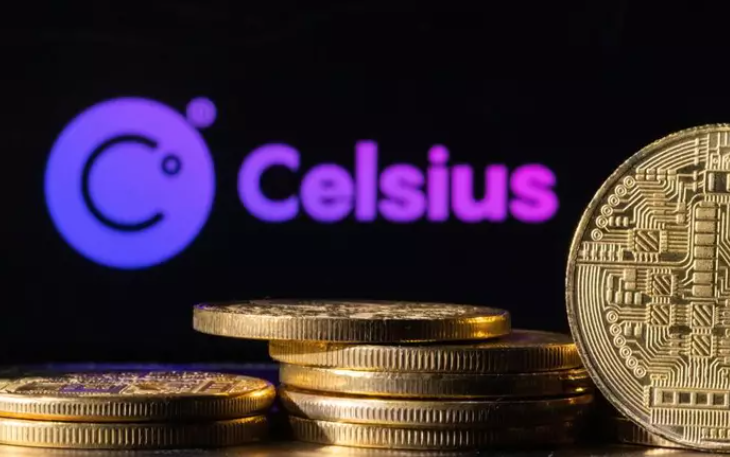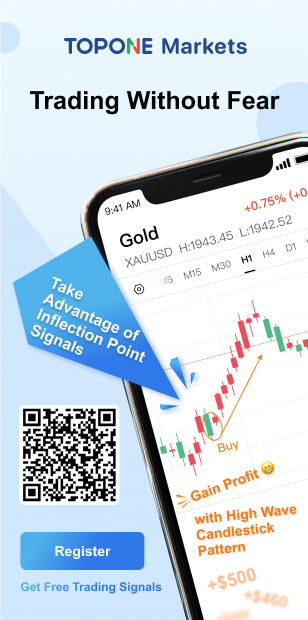EUR/USD
1.15791
-0.022%
Gold
4129.71
0.075%
Oil
60.643
-0.540%
USD/JPY
154.714
0.365%
GBP/USD
1.31392
-0.078%
GBP/JPY
203.284
0.298%
On November 12th, Zhou Liufu (06168.HK) announced that, according to its internal calculations, since the start of the Double 11 shopping festival on various e-commerce platforms this year, the total shipment amount of its e-commerce subsidiaries, excluding Vipshop and JD.coms self-operated channels, reached RMB 287 million, representing a year-on-year increase of 35.28% (excluding gold bars). The overall gross profit margin was 22.05%, an increase of nearly 10 percentage points year-on-year. Furthermore, the companys e-commerce business revenue for the period from January to October 2025 increased by 32% year-on-year, and net profit increased by 71% year-on-year, with a net profit margin exceeding 8% during the same period.The onshore yuan closed at 7.1172 against the US dollar at 16:30 on November 12, up 35 points from the previous trading day.On November 12th, Tom Roderick of Trium Capital stated that U.S. government borrowing costs should remain relatively stable and predictable over the next twelve months. He said, "From the U.S. governments perspective, this is good because they are unlikely to see a significant increase in borrowing costs." Trium Capital predicts that the 10-year Treasury yield will fluctuate between 3.60% and 5.00% over the next year, although a rise to 4.50% is possible in the near term. However, the global macro portfolio manager stated that the government is "extremely unlikely to see a significant drop in interest rates, thereby making their financing situation easier." According to Tradeweb data, the 10-year Treasury yield was last down 2.5 basis points to 4.085%.On November 12th, Changguang Huaxin announced on its interactive platform that in the field of optical communication, its 100G EML has achieved mass production, its 200G EML has begun sampling, and its 100G VCSEL, 100mW CW DFB, and 70mW CWDM4DFB chips have reached mass production and shipment levels. Benefiting from the recent increase in computing power demand, several major overseas optical module manufacturers have been verifying multiple of the companys chips, and the verification has been successful.On November 12th, according to the Wall Street Journal, under months of tariff threats and pressure from stricter pricing rules, several pharmaceutical company CEOs went to the White House to announce a drug price agreement in exchange for regulatory easing. However, for Eli Lilly (LLY.N) and Novo Nordisk (NVO.N), the considerations were quite different. This deal was not just a simple "ceasefire," but a passport to market expansion. By lowering the prices of drugs like Wegovy and Zepbound, they gained Medicare coverage for obesity treatment—meaning millions of new patients. They built a market moat by "trading price for volume": latecomers will no longer be able to replicate the early high-priced launch of GLP-1 weight-loss drugs. For competitors like Pfizer, this means entering a market with thinner profit margins and extremely high manufacturing costs. The core of the agreement is Medicare; although the details are still unclear, the overall logic is clear: pharmaceutical companies provide net price discounts on drugs, and the government expands reimbursement coverage for the elderly. At first glance, the discounts seem quite substantial. Eli Lilly and Novo Nordisk will offer GLP-1 drugs under Medicare for $245 per month, with patients paying only $50 in co-payments starting as early as April 2026. This is significantly lower than the previous prices that often exceeded thousands of dollars. In exchange, the two companies can nearly double the number of people covered. Bernstein estimates that this Medicare agreement opens up a new market of approximately 30 million people, with an annual sales potential of $27 billion.













